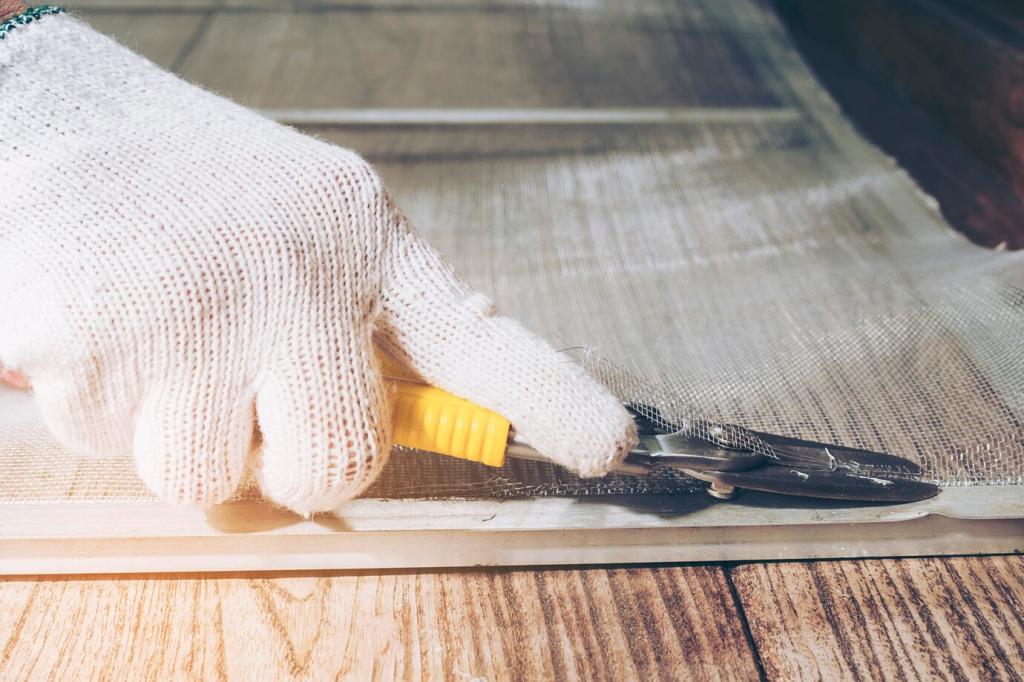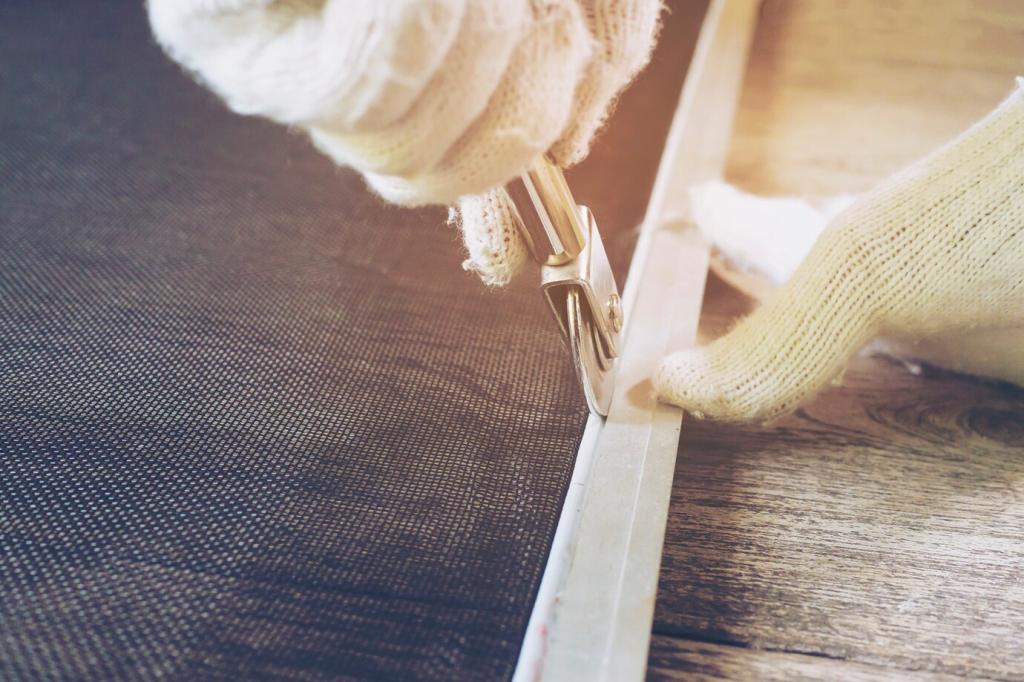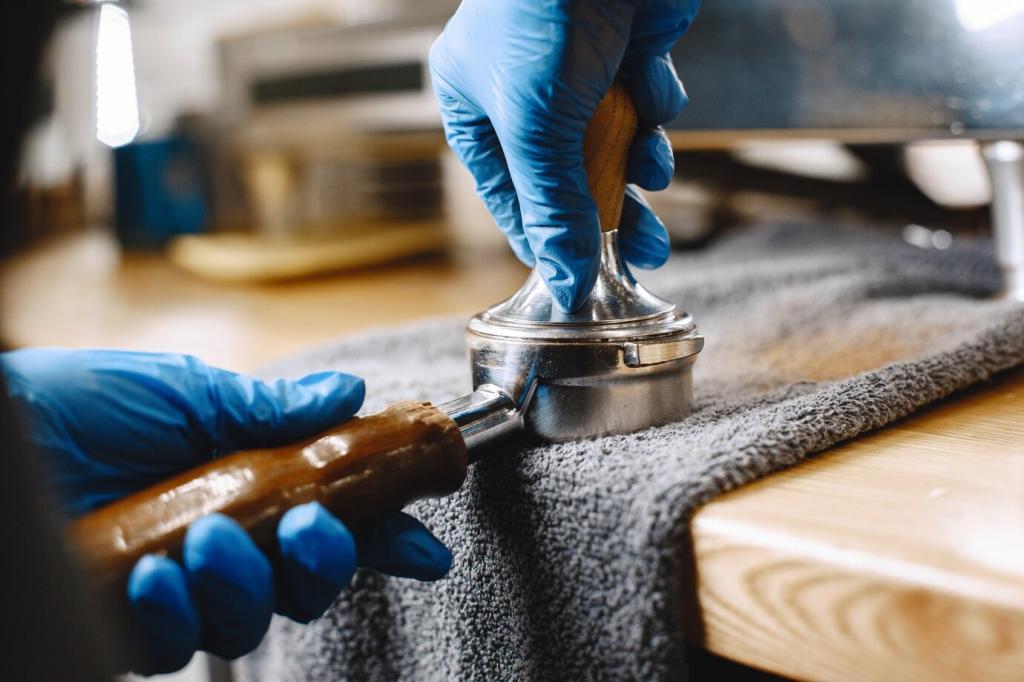Everyday Care: Small Habits, Big Lifespan
Use a clean microfiber cloth slightly dampened with water, moving with the grain to lift dust rather than drag it. Rinse or replace cloths frequently so trapped grit doesn’t act like ultra-fine sandpaper on your finish.
Everyday Care: Small Habits, Big Lifespan
Blot, don’t wipe. Press a soft towel to draw out liquid, then follow with a barely damp cloth and dry immediately. Quick action prevents moisture from penetrating the finish and forming white rings or dull, cloudy marks.




